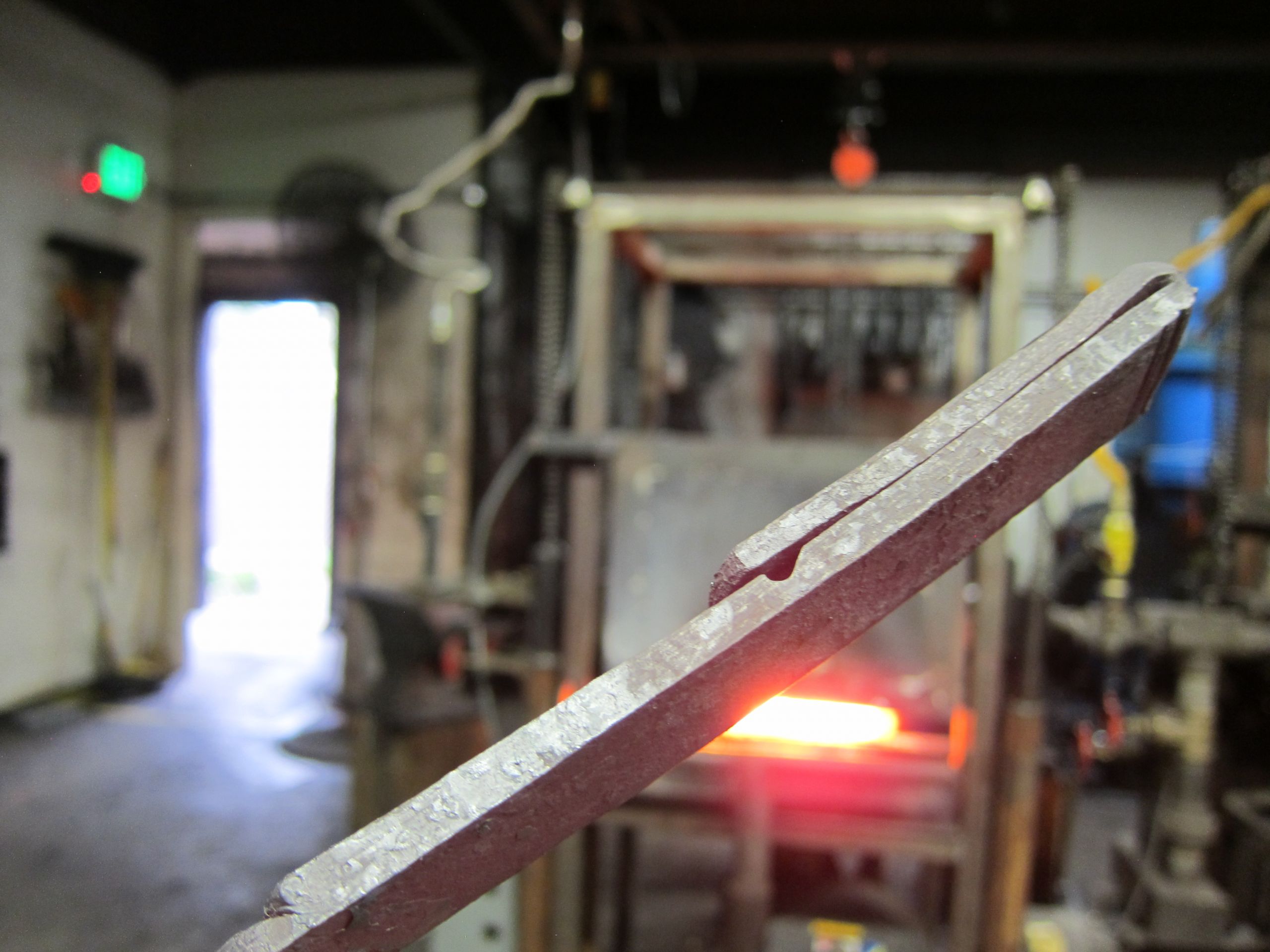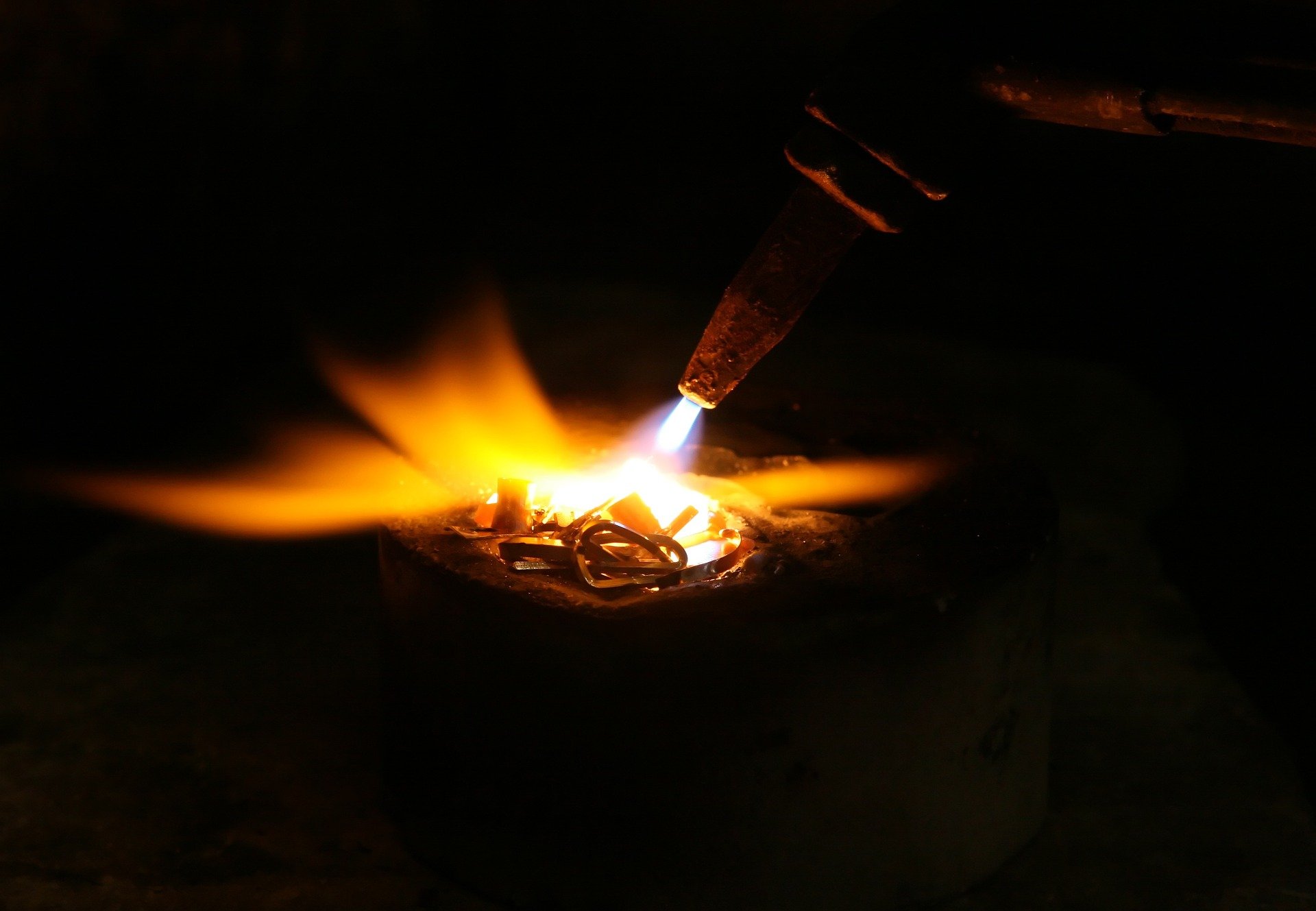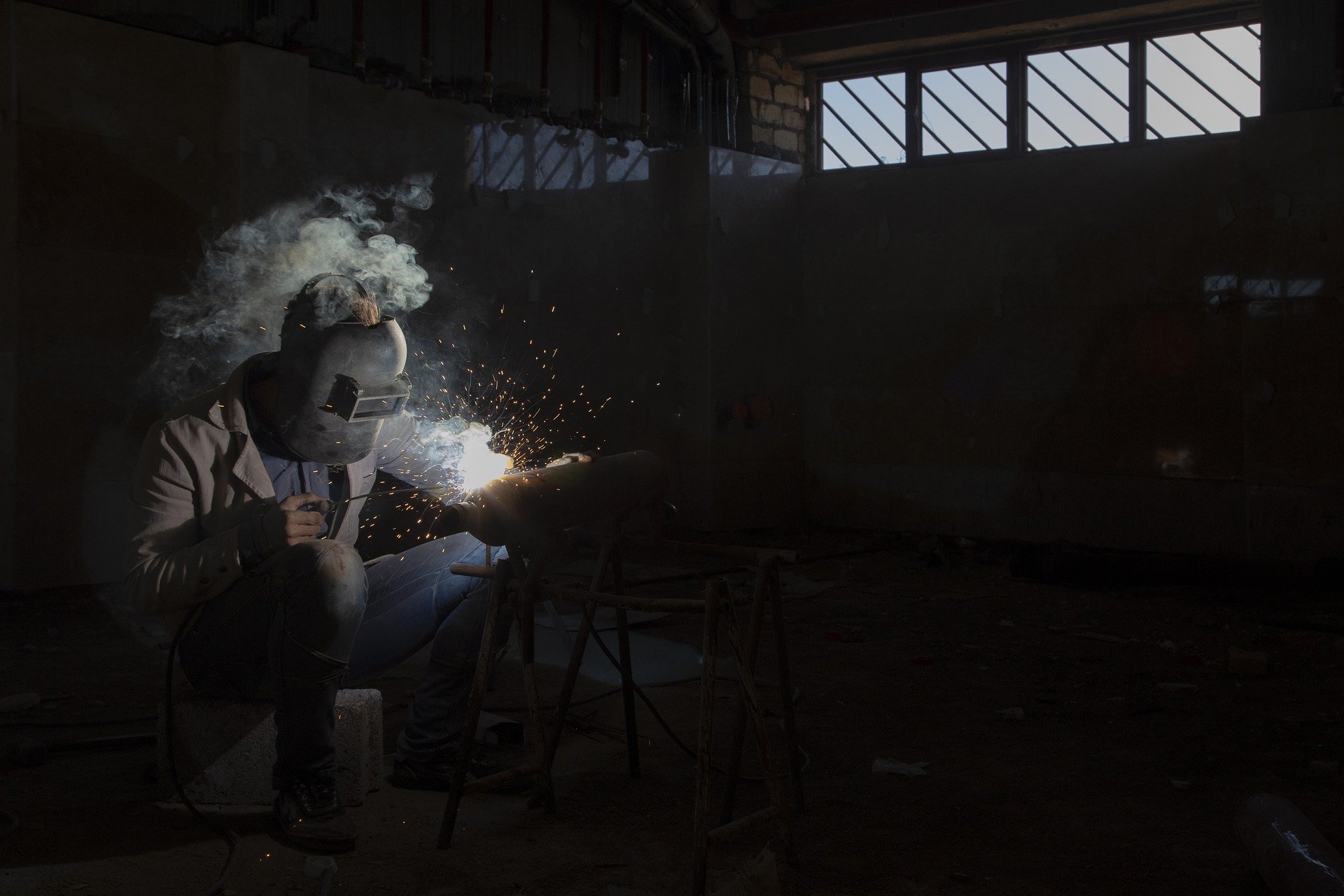WeldingMetal
History of Welding: A Brief History
History of Welding: A Brief History
The invention and technical production of welding is one of the most critical steps in metal fabrication and development as a modern society. The origins of welding date back thousands of years, with significant developments made across many continents. Welding is the original technique for humans to fuse metals together, leading to the production of utensils, jewelry, weapons, transportation, and more.
Welding in the bronze and iron ages
The history of fusing metals through welding goes back as far as 3000 B.C. when humans first started working with bronze. The oldest known examples of welding are small golden boxes that date back to the Bronze age over 2,000 years ago. Archaeologists have found jewelry, dining utensils, and weapons from this time period. In 3000 B.C., Egyptians used charcoal to pressure-weld swords, and in 1500 B.C., iron smelting became more common.
Throughout the Middle East, tools and weapons dating back to the Iron Age have been found, made in approximately 1000 B.C. Welders have fused metals like copper, bronze, silver, gold, and iron over thousands of years. Over time, metalworking then progressed to welding steel.
During the Sui Dynasty, Chinese metalworkers discovered how to turn iron into steel in 589 A.D. At about the same time, Japanese metalworkers developed Samurai swords through welding and forging steel.
Welding in the middle ages
During the Middle Ages, blacksmithing was developed and iron became an available material for creating welded metal objects. Specifically, the middle ages brought advances in forge welding, which is still practiced by modern blacksmiths to forge swords and knives.
In 1540, Italian metallurgist Vannoccio Biringuccio published De la pirotechnia, the first printed book on metallurgy, which includes descriptions of smelting and forging iron. Blacksmithing and forge welding continued to grow during the Renaissance.
Blacksmiths were central to the middle ages, often setting up their blacksmith shop, also known as a smithy, in the center of their village. Blacksmiths forge-welded weapons, and also made nails, furniture, locks, horseshoes, and armor. With this practical skill, blacksmiths became essential to any village, providing tools for protection, transportation, home goods, and more.

Welding in the 19th-20th centuries
During the Industrial Revolution, more modern welding techniques were developed. The discovery of the production of an arc between two carbon electrodes using a battery is credited to chemist Sir Humphry Davy in 1800. In 1802, Russian scientist Vasily Petrov created the stable electric arc, which enabled metalworkers to melt metals. Edmund Davy, who is Humphry Davy’s cousin, has been credited with discovering acetylene in 1836. These discoveries led to the invention of the electric generator, gas welding and cutting, and more stable arc welding in the mid-19th century.
World War I caused a major increase in the use of welding, with developments in the production of weapons and transportation across the world. Arc welding was popular in building ships and airplanes by England and Germany. Automatic welding was introduced in 1920, which feeds an electrode wire continuously through the welding machine. New welding gases were also used in the 1900’s, with the intention of protecting welds from effects of oxygen and nitrogen in the atmospheres, preventing rusty and brittle welds.
During the middle of the century, many new welding methods were invented, from stud welding to underwater welding. Gas tungsten arc welding, after decades of development, was safer and more common beginning in 1941, allowing welders to fuse different types of nonferrous metals.

Modern day welding
Over thousands of years of technical and practical developments, welding has advanced significantly to become more accurate, fast, and effective. There are over 90 welding processes in existence, and these methods are constantly being developed with new research in the nuclear, space, transportation, and shipbuilding industries.
Modern welding techniques have evolved to offer better performance, rooted in safety and sustainably built products. Contemporary inspection techniques have improved defects or imperfections, setting a standard for safety and craftsmanship.
If you are interested in working in welding as a career, there are a number of certifications and licenses offered that employers may require. American Welding Society (AWS) sets the modern-day standard for the American welding industry, AWS offers a certification, which tests welders to perform certain work based on their practical experience, qualifications, and the ability to weld specific tests.

Welding history FAQs
When was welding invented?
The first examples of welding found by archaeologists date back to 3000 B.C. The ancient process of welding typically involved simply hammering two pieces of metal together under heat until they joined. Technically speaking, conventional welding as we know it today was invented in 1836 when English chemist Edmund Davy discovered acetylene gas.
Who invented welding?
During the Iron Age, Egyptians first learned how to weld pieces of iron together. Archaeological evidence of early Egyptian welding dates back to 3000 B.C. In 1881, Russian inventor Nikolay Benardos introduced carbon arc welding, which was the first practical arc welding method of its time.
Where was welding invented?
Different types of welding can be traced back to many locations over thousands of years. Archaeologists have found the oldest examples of welding in Egypt and the eastern Mediterranean. Significance advancements in modern welding can be traced to Russia and England.
























